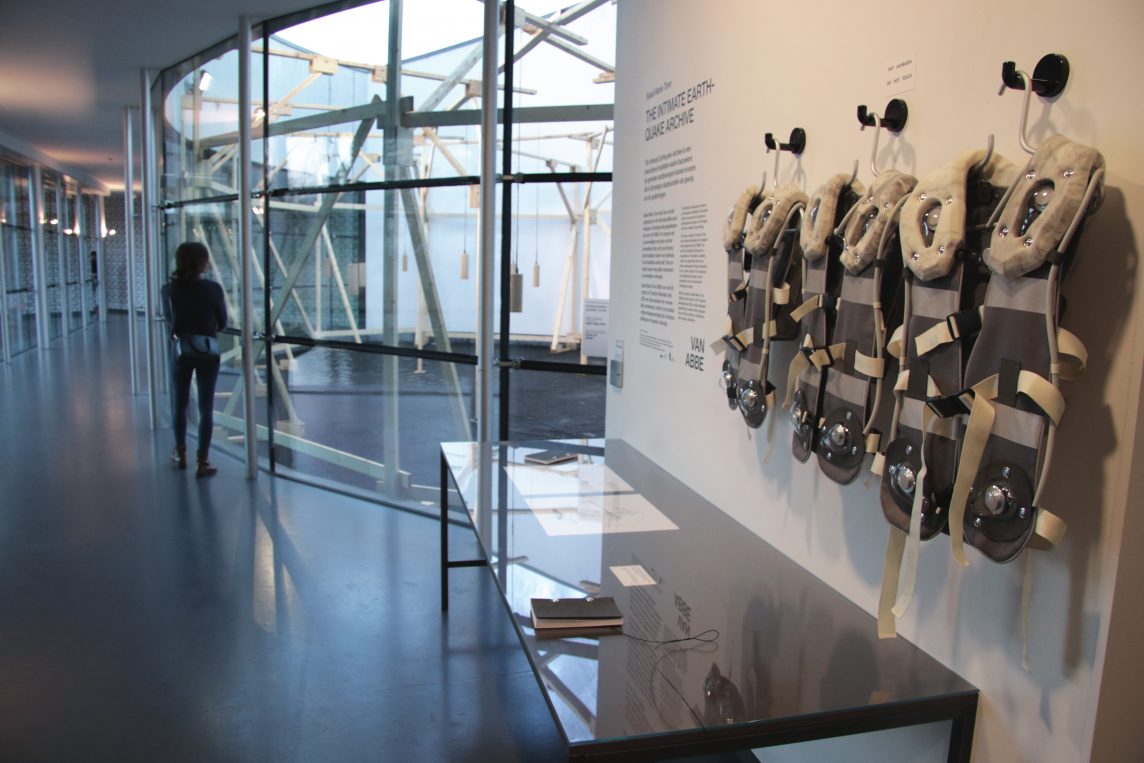The project focuses on man-made earthquakes that have occurred over the last 32 years in the largest field for natural gas in Europe, located in the Dutch province of Groningen. While researching this phenomenon I came across an overwhelming amount of data available in scientific archives: A warehouse full of core samples, rows upon rows of sand and soil tests in laboratories. Furthermore, all the seismic activity of the earthquakes is meticulously recorded, stored and publicised in the immense digital data bank of the Dutch Meteorological Institute.
Meanwhile, visiting people living in the province and hearing their stories of feeling the earthquakes frequently passing through their bodies and their homes, I wondered about the role of the sensing body in archiving these events. As some people in the Groningen Gas Field claim to wake up in their beds, before they feel the tremors across the earth, one may ask: is the sensation of a man-made earthquake fundamentally different than the sensation of a natural one?
The Intimate Earthquake Archive aims to connect the digitized seismic activity with the sensing body. Visitors can explore the archive by positioning themselves among a series of radio-transmitting core samples. Each of them transmits the dataset of one of the 12 strongest man-made earthquakes recorded in Groningen. Wearable „interfaces“ act as receivers for these signals, producing a composition of tremors on the surface of the body – in the same way the seismic waves moved across the land.
These vibratory compositions are created by artist Jonathan Reus, through direct manipulation of the archival datasets into sonic vibrations. The resulting compositions are intended to inspire „deep listening“ within the body. The Intimate Earthquake Archive is thus a kind of test ground for the visitor to attune herself to a future marked by man-made geological change.
- Concept and creative direction: Sissel Marie Tonn
- Composition: Jonathan Reus.
- Hardware design/Interaction: Marije Baalman & Jonathan Reus
- Radio transmission system: Carsten Tonn-Petersen.
Video by Tanja Busking
